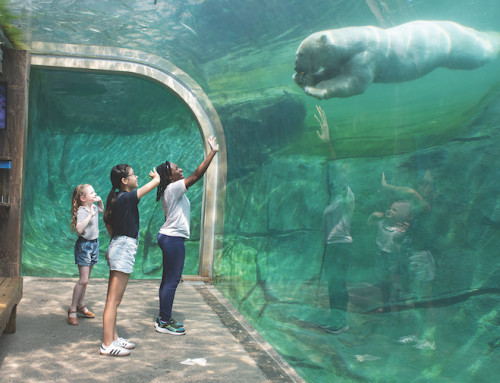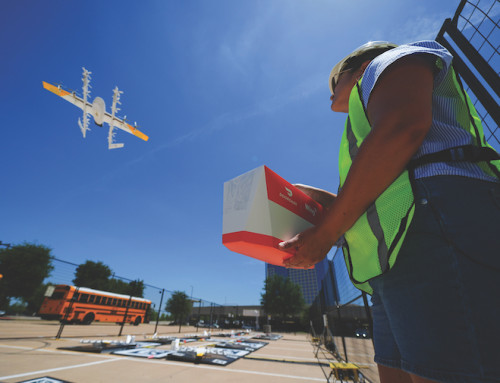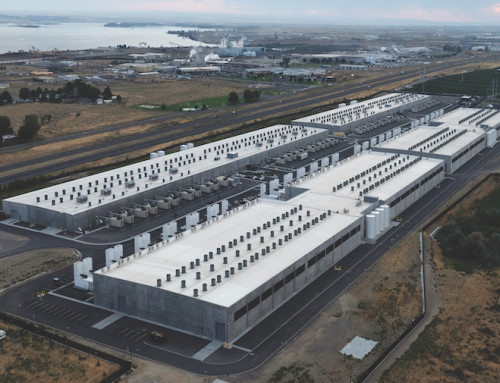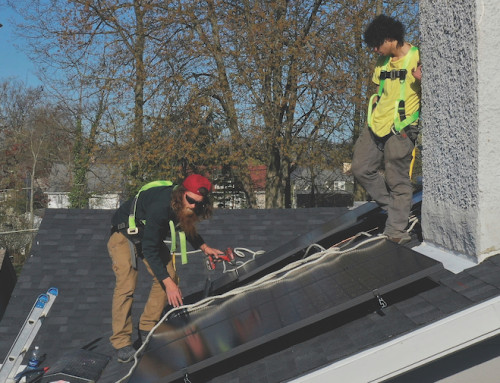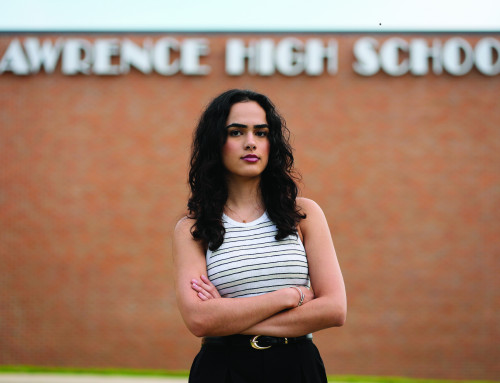NEW YORK (AP) — The possibility of price increases from new American tariffs on imports motivated more shoppers this year to get a jump start on back-to-school shopping, according to retail analysts.
Retail and technology consulting company Coresight Research estimates that back-to-school spending from June through August will reach $33.3 billion in the United States, a 3.3 percent increase from the same three-month period a year ago. The company predicted families would complete about 60 percent of their shopping before August to avoid extra costs from tariffs.
“Consumers are of the mindset where they’re being very strategic and conscientious around price fluctuations, so for back to school, it prompts them to shop even earlier,” said Vivek Pandya, lead analyst at Adobe Digital Insights, the research division of software company Adobe Inc.
A lot of the backpacks, lined paper, glue sticks — and ubiquitous Ticonderoga No. 2 pencils — sold in the United States are made in China, the products of which were subjected to a 145 percent tariff in the spring. Under the latest agreement between the countries, general merchandise from China is taxed at a 30 percent rate when it enters the United States.
Many companies accelerated shipments from China early in the year, stockpiling inventory at pre-tariff prices. Some predicted consumers would encounter higher prices just in time for back-to-school shopping.
Although government data showed consumer prices rose 2.7 percent last month from a year earlier, strategic discounting by major retailers may have muted any sticker shock for customers seeking school supplies.
Backpacks and lunchboxes, for example, had discounts as deep as 12.1 percent during Amazon’s Prime Day sales and competing online sales at Target and Walmart in early July, Adobe Insights said. Throughout the summer, some of the biggest chains have advertised selective price freezes to hold onto customers.
Walmart is promoting a back-to-school deal that includes 14 supplies plus a backpack for $16, the lowest price in six years, company spokesperson Leigh Stidham said. Target said in June that
it would maintain its 2024 prices on 20 key back-to-school items that together cost less than $20.
According to analysis by consumer data provider Numerator, the retail cost of 48 products a family with two school age children might need — two lunchboxes, two scientific calculators, a pair of boy’s shoes — averaged $272 in July, or $3 less than the same month last year.
Numerator, which tracks retail prices through sales receipts, online account activity and other information from 200,000 shoppers, reported last year that households were buying fewer notebooks, book covers, writing instruments and other familiar staples as students did more of their work on computers.
The transition does not mean students no longer have to stock up on plastic folders, highlighters and erasers, or that parents are spending less to equip their children for class.
Accounting and consulting firm Deloitte estimates that traditional school supplies will account for more than $7 billion of the $31 billion it expects parents to put toward back-to-school shopping.



